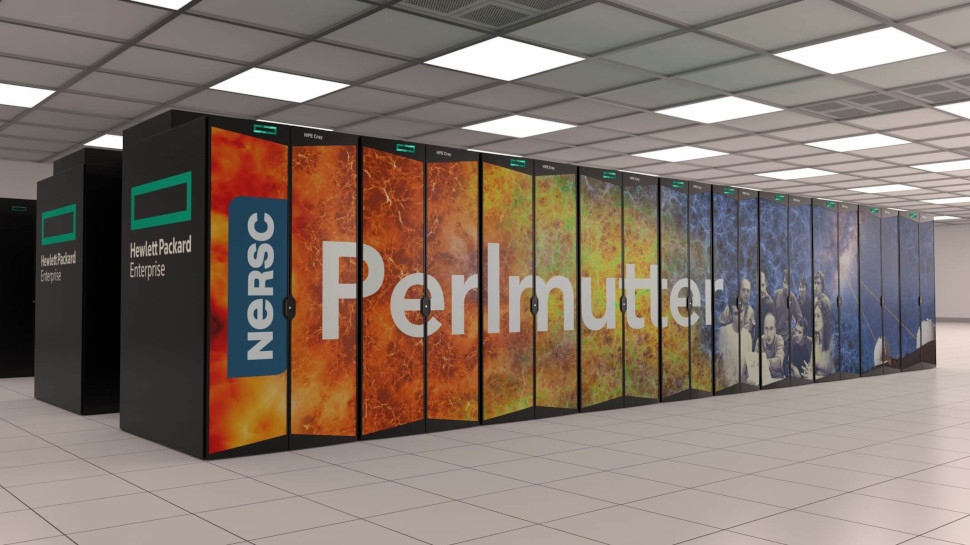Scientists can get massive discounts when renting Nvidia’s A100 GPUs for AI training – but it won’t last long
Take advantage of NERSC’s 50% discount, which is valid for members until the end of the month

Users with the National Energy Research Scientific Computing Center (NERSC) can run AI jobs on the organization’s Perlmutter supercomputer for half-price this month.
In the midst of a lack of worldwide availability of computing horsepower for AI workloads, the facility – which operates on behalf of the US Department for Energy’s Office of Science – is changing the equation.
Between September 7 and October 1, those registered with the organization will be charged half the normal charges. For example, a three-hour job that normally runs on seven nodes would incur a charge of 21 GPU node-hours – but throughout September, it will be charged 10.5 GPU node-hours.
Perlmutter's A100 GPUs
“Using your time now benefits the entire NERSC community and spreads demand more evenly throughout the year, so to encourage usage now, we are discounting all jobs run on the Perlmutter GPU nodes by 50% starting tomorrow and through the end of September,” wrote user engagement group leader, Rebecca Hartman-Baker.
Hartman-Baker also pointed to additional help that NERSC will be offering users. This may be of use to those who are getting bad performance and need help making sure their script is up to scratch, or just those who want to try out code but aren’t sure where to start, among other potential uses.
Established in 2021, Perlmutter is an HPE Cray EX supercomputer that uses AMD Zen 3 Epyc CPUs as well as Nvidia A100 Tesla Core GPUs. The first phase of development saw the machine fitted with 1,536 GPU-accelerated AMD CPU nodes, each including four A100 GPUs, complemented with 35PB all-flash Lustre-based storage. The second phase saw the supercomputer augmented with 3,072 CPU-only nodes, each with two AMD Epyc processors and 512GB memory.
The supercomputer itself is largely used for nuclear fusion simulations, climate projections, as well as material and biological research. The first workloads run on Perlmutter included a project to discover how atomic interactions worked – which may lead to better batteries and biofuels.
Are you a pro? Subscribe to our newsletter
Sign up to the TechRadar Pro newsletter to get all the top news, opinion, features and guidance your business needs to succeed!
GPU capacity to run AI workloads is hard to come by, and the offer is sadly only applicable to members of NERSC. It was originally pointed out by a Microsoft high-performance computing (HPC) specialist Glenn Lockwood, who pointed out NERSC could “make a killing” by backfilling idle capacity with commercial workloads.
This would be particularly applicable during the summer months when academics are largely away. There are, however, alternative means of renting GPUs, including through Akash’s decentralized Supercloud for AI network.
More from TechRadar Pro

Keumars Afifi-Sabet is the Technology Editor for Live Science. He has written for a variety of publications including ITPro, The Week Digital and ComputerActive. He has worked as a technology journalist for more than five years, having previously held the role of features editor with ITPro. In his previous role, he oversaw the commissioning and publishing of long form in areas including AI, cyber security, cloud computing and digital transformation.